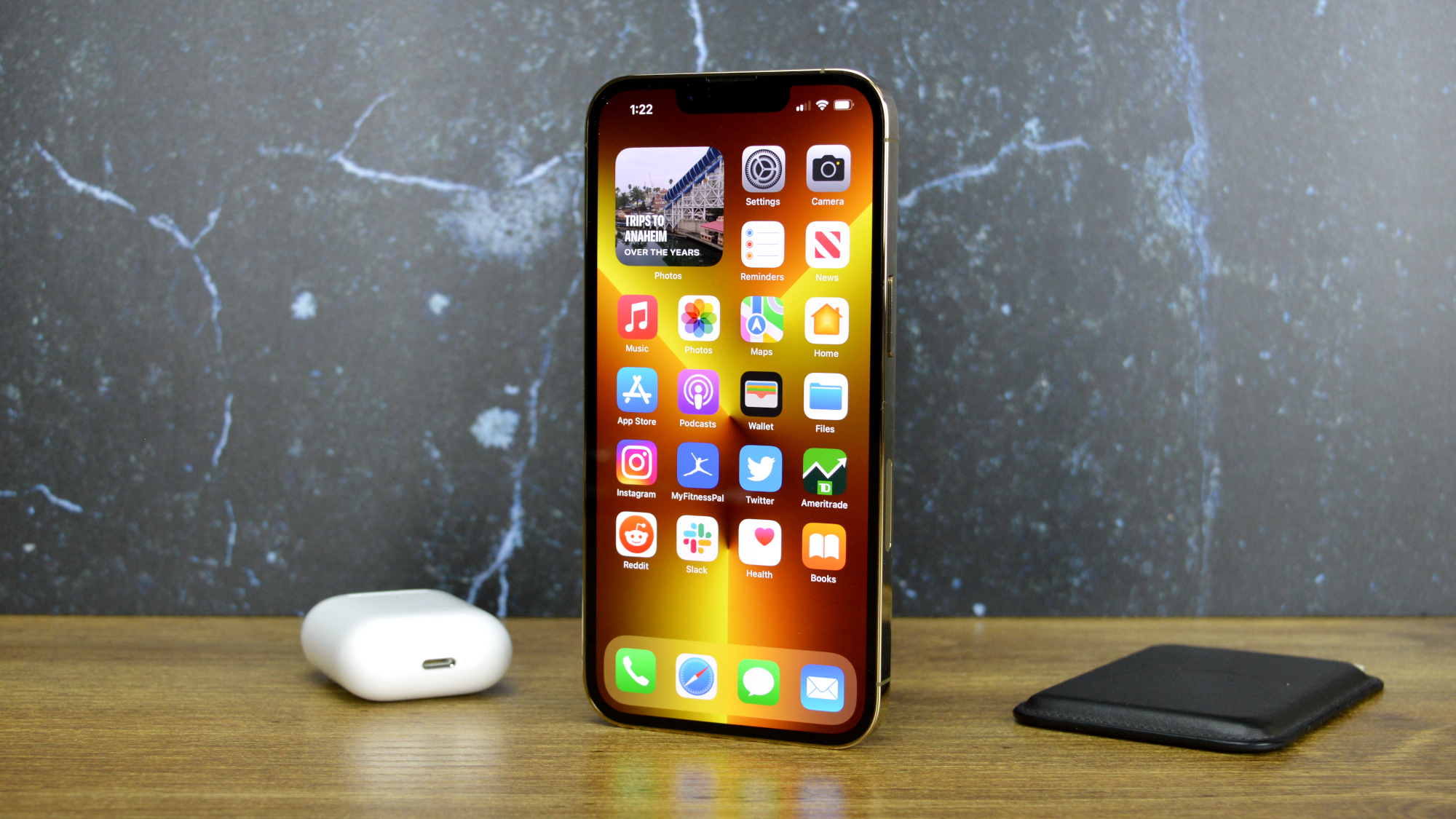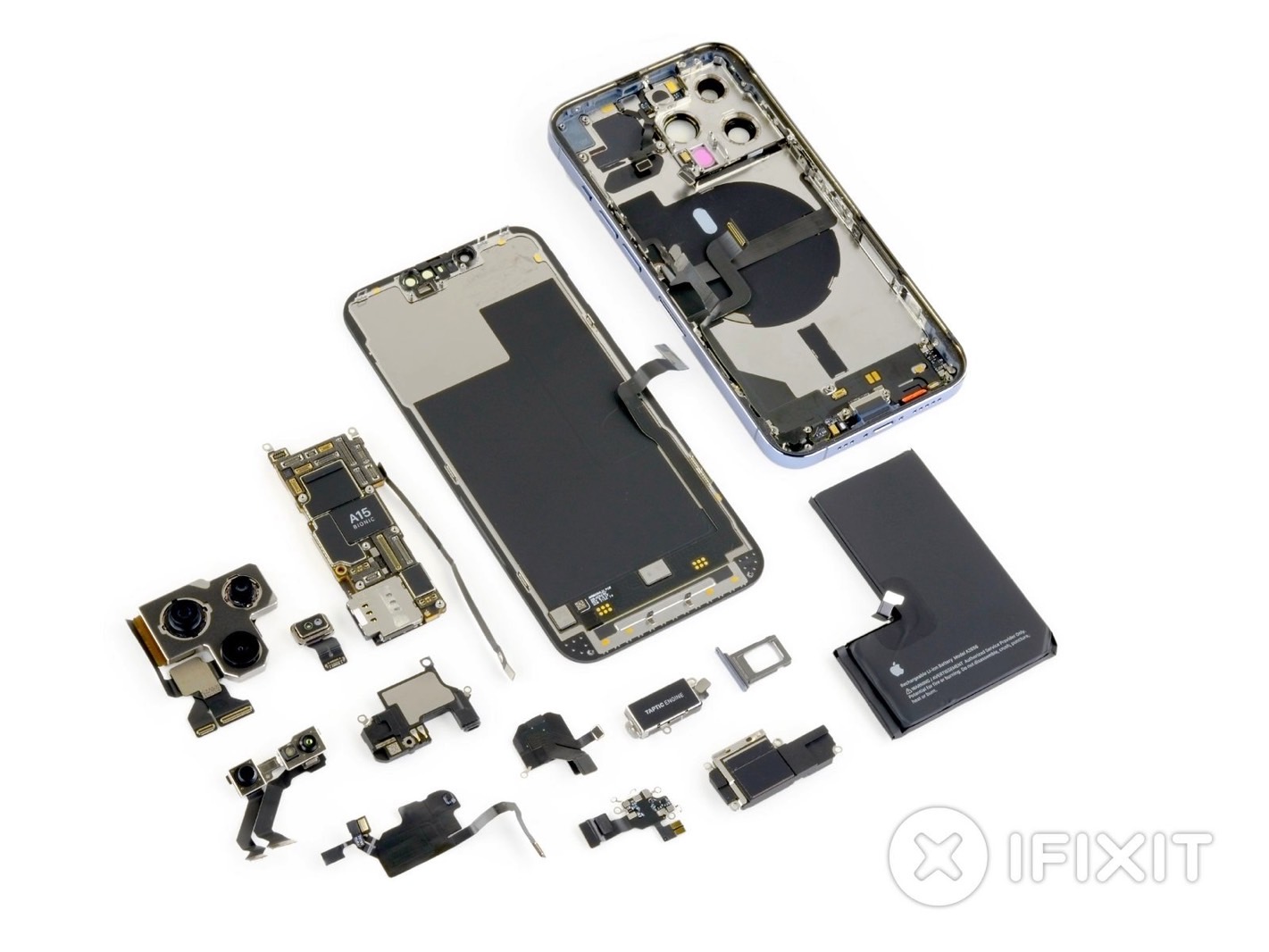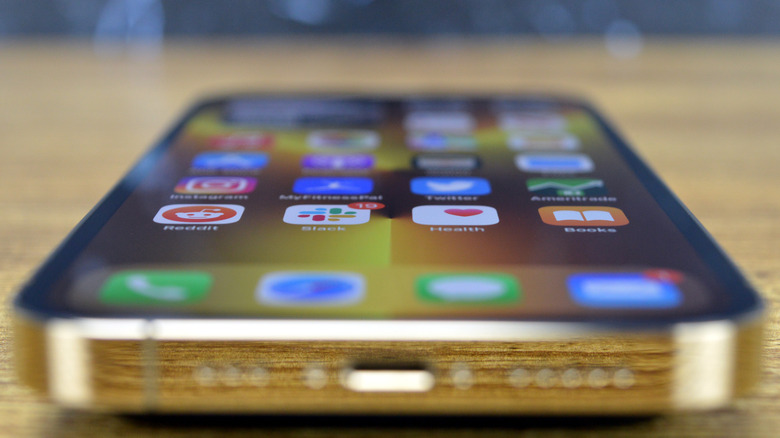iPhone 13 Delays And iPad Delays Are From More Than Just The Chip Shortage
The iPhone 13 sold out as soon as preorders went live. Apple has struggled ever since then to meet demand, with shipping estimates extending to several weeks for some models. Recent reports have highlighted Apple's massive efforts to ensure that it has enough parts to manufacture the newest iPhone, like sacrificing iPad production to keep iPhone manufacturing online. We also learned that some buyers might have changed their minds about purchasing the latest handset in light of the iPhone 13 delays and the larger economic context.
A brand new report gives us a comprehensive look at Apple's manufacturing struggles this year. And it might help Apple fans understand why the ongoing chip shortage will delay many Apple gifts this holiday season. It's not just the iPhone 13, either. Older iPhones and various iPads will also ship later than usual this Christmas.
iPhone 13 manufacturing issues started early
An extensive report from Nikkei Asia details the various problems that impacted the iPhone 13 supply chain. It wasn't just the chip shortages that will lead to shipping delays for specific Apple products. The pandemic-related lockdowns and energy cuts in Asia have also prevented Apple's usual iPhone manufacturing operations.
The news outlet spoke with more than 20 sources familiar with the matter. They revealed that Apple's iPhone 13 manufacturing problems started all the way back in October. That's usually the busiest period for companies like Foxconn and Pegatron, which assemble iPhones and other consumer electronics. But these companies had to ramp down production instead, giving people time off rather than overtime. Moreover, iPhone and iPad production was completely halted for a period of time.
As a result, Apple is well below its production estimates. The company fell millions of units short and missed out on billions of dollars in revenue, the report notes. During Apple's quarterly earnings call in October, Tim Cook did say that the company will miss out on $6 billion in sales in the December quarter because of component shortages. Supply chain issues also cost Apple between $3 billion and $4 billion in the June quarter.

iPhone 13 Pro display.
Apple is still playing catchup
Apple wanted to make 95 million iPhone 13 units this year. In early December, the company was on track to make between 83 million and 85 million units.
That gap represents a massive number of brand new, expensive devices that Apple won't be able to sell. The report says that Apple's overall goal was to ship 230 million iPhone units in 2021. It might fall short of that figure by about 15 million iPhones.
iPhone 13 production fell 20% short of the initial plan in September and October, Nikkei learned. That's despite Apple's efforts to prioritize iPhone 13 manufacturing over everything else. Products like the new iPads, the iPhone 12, and iPhone SE were all impacted. iPad production fell by 50% during the period, and Apple made 25% fewer previous-gen iPhone units.
In other words, it's not just iPhone 13 delays that will impact the holiday season. Buyers looking for cheaper iPhones or new iPads might have to wait until after Christmas to get their hands on the highly coveted devices. Nikkei said that production did not improve in November.

iFixit iPhone 13 Pro teardown.
iPhone 13 delays will extend through 2022
The ongoing iPhone 13 delays mean buyers who ordered a version of the handset in early December might not get it until December 16-23. Some delays might extend to early January. As for the iPad, a December 1st order date translates to a mid-January delivery.
What's great about the Nikkei report is that it highlights the kind of components that hurt the iPhone 13 production leading the significant shipping delays. It's not the A15 Bionic chip, the 5G modem, or the 120Hz OLED panel giving Apple a nightmare before Christmas. It's legacy chips most of us never even think about.
These chips might cost only a few cents and might handle operations like power management or connectivity. They aren't proprietary Apple chips, as many other smartphone makers use them. Nikkei provides actual schematics of iPhone 13 components, linking the various parts to the reason that's causing shortages.
"Even if you have 99% of the components ready on hand, if you lack one or two or three components, it is not possible to kick off the final assembly of the product," an unnamed executive at an Apple supplier said.

Apple iPad Mini 2021 Front
It's not just iPhone 13 production that's suffering
Apple and the iPhone 13 delay is just the tip of the iceberg, Nikkei points out. All of Apple's rivals have been facing the same combination of issues. The chip supply, the local COVID-19 lockdowns, China's energy cuts, and logistic constraints have impacted many other products beyond smartphones and tablets. It's just that Apple might have been able to navigate these headwinds better than rivals, thanks to the preferential treatment it gets from suppliers.
As for the iPhone 13 production, Apple reportedly told suppliers to reaccelerate manufacturing efforts in November, December, and January. After the Chinese Lunar New Year in February, Apple will probably reduce iPhone 13 output. It's what happens every production cycle.
Anyone looking to understand the iPhone 13 delays this Christmas and the overall shortages impacting the global economy should check out Nikkei's story in full at this link.
